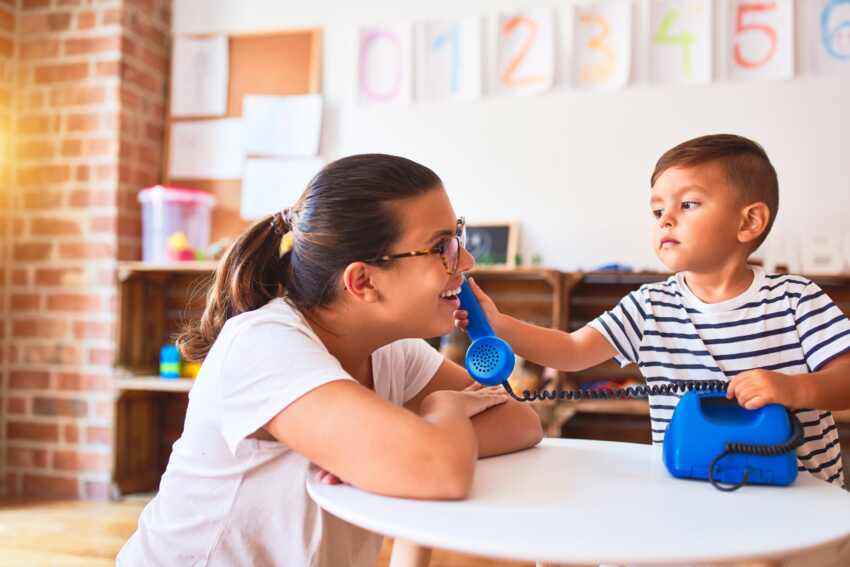From Math to Music: Montessori Activities that Make Learning Fun and Meaningful
From Math to Music: Montessori Activities that Make Learning Fun and Meaningful
Introduction
Montessori education focuses on providing hands-on learning experiences that engage children in a meaningful way. By incorporating various activities, Montessori teachers aim to make learning fun and foster a love for knowledge. In this article, we will explore how Montessori activities can transform math concepts into music-related experiences, creating an enriched learning environment.
Math and Music: The Hidden Connection
Did you know that there is a deep connection between math and music? Many mathematical concepts, such as patterns, rhythms, and proportions, are integral to creating and understanding music. Montessori educators recognize this connection and use it as a tool to introduce and reinforce mathematical concepts through musical activities.
The Golden Bead Material
One of the Montessori materials used to teach math is the Golden Bead Material. These beads represent units, tens, hundreds, and thousands and allow children to visually and kinesthetically understand place value and the concepts of addition, subtraction, multiplication, and division. To incorporate music, teachers can assign different musical notes to each type of bead. For example, units can be represented by a short note, tens by a medium note, hundreds by a long note, and thousands by a very long note. As children perform math operations, they can play these notes on a xylophone, creating a musical composition.
Skip Counting with Songs
Skip counting is an essential skill in mathematics. By memorizing multiplication facts, children can quickly calculate numbers and solve more complex problems. Montessori teachers often introduce skip counting through songs. For example, they might use a song to teach counting in twos, with lyrics such as “2, 4, 6, 8, who do we appreciate?” These catchy tunes help children remember the skip counting sequences and make the learning process enjoyable.
Measuring Music with Fractions
Measuring and understanding fractions can be challenging for some children. Montessori teachers tackle this concept by incorporating musical instruments. For instance, using a ruler, children can measure the length of a guitar string and compare it to other strings. By dividing the string into equal parts, they can identify different fractions. This hands-on approach makes the abstract concept of fractions more concrete and memorable.
Graphing Musical Preferences
Graphing is a valuable skill in math that helps children understand and analyze data. Montessori teachers can make graphing more engaging by linking it to children’s musical preferences. By surveying their classmates and creating a bar graph to represent different music genres or favorite songs, children not only practice graphing skills but also discover the power of data representation and analysis.
From math concepts to music experiences, Montessori activities turn learning into a fun and meaningful journey. By incorporating music into mathematical concepts, children not only develop a deeper understanding of math but also cultivate a love for music. The use of hands-on materials, songs, and instruments create an interactive and engaging learning environment that stimulates curiosity and critical thinking. Montessori education reveals the hidden connections between different subjects and shows that learning can be enjoyable and stimulating.
Nidhin
For More Details Call: +917510220582
